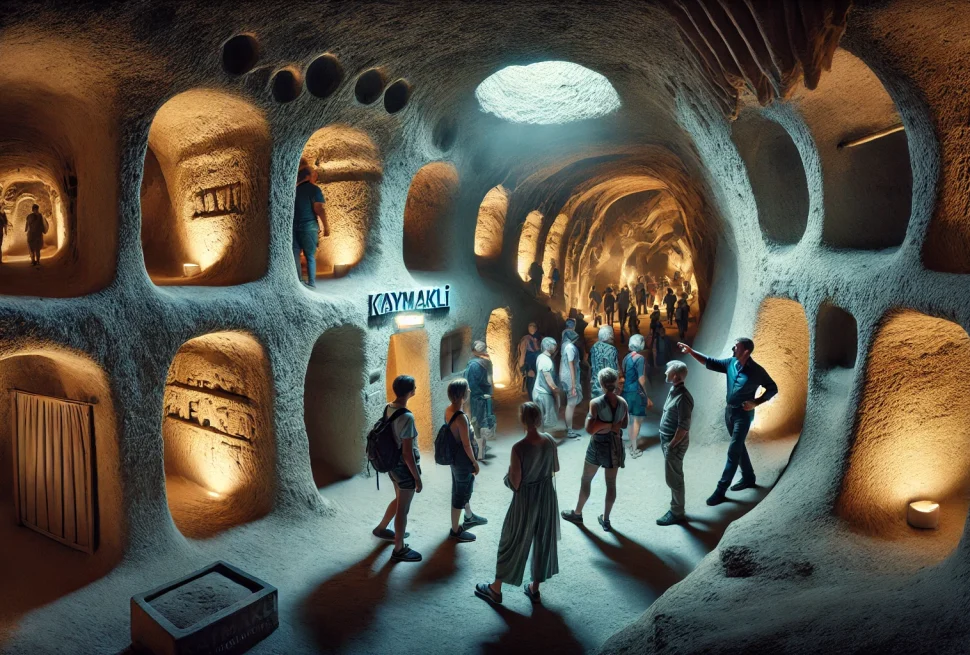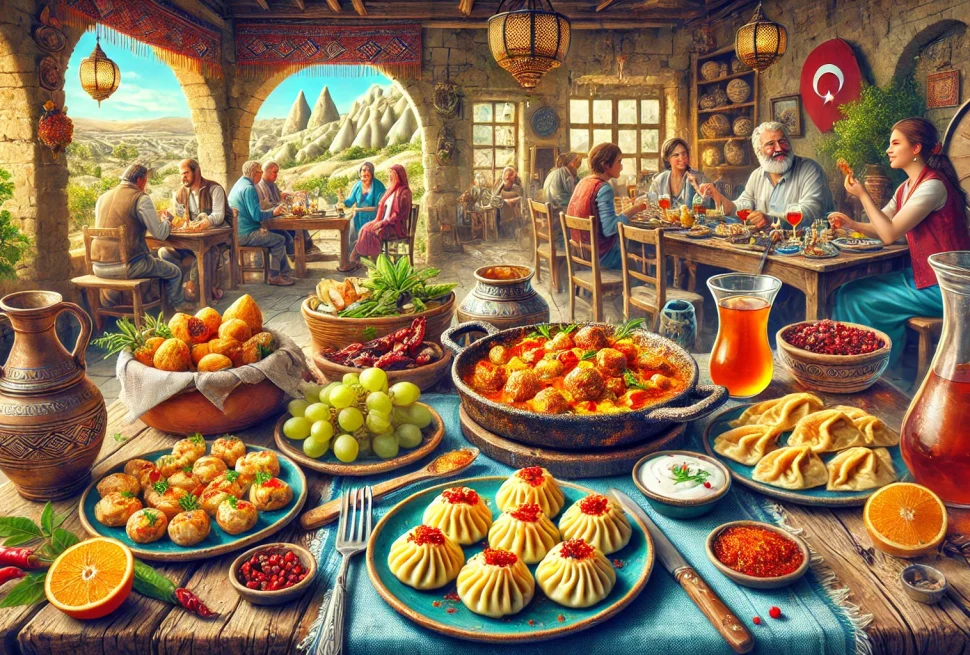Cappadocia is not only famous for its unique landscapes and ancient cave dwellings, but also for its remarkable iconography, which tells stories of faith, devotion, and artistry. Throughout the region’s centuries-old churches and monasteries, you’ll find intricate frescoes and icons that provide a window into the spiritual life of early Christian communities. At Reliance Tour Agency, we invite you to explore the hidden treasures of Cappadocia’s iconography, where art and faith come together in a breathtaking display of cultural heritage.
A Spiritual Legacy in Rock
Cappadocia’s cave churches, many of which date back to the 10th and 11th centuries, are home to some of the world’s most important examples of Byzantine Christian iconography. These churches, carved into the soft volcanic tuff, provided shelter and solitude for early Christian monks and religious communities who sought to escape persecution. Inside, they adorned the walls and ceilings with beautiful depictions of Christ, the Virgin Mary, saints, and scenes from the Bible.
The Iconic Frescoes of Göreme Open-Air Museum
One of the most famous places to see Cappadocia’s stunning iconography is the Göreme Open-Air Museum, a UNESCO World Heritage Site. Here, visitors can explore cave churches such as the Dark Church (Karanlık Kilise)and Tokalı Church, both renowned for their incredibly well-preserved frescoes. These vibrant images depict key moments in the life of Christ, from His birth to His resurrection, as well as portraits of the apostles and other holy figures. The mastery of the artists, combined with the intimate setting of these rock-carved sanctuaries, creates a spiritual experience like no other.
The Significance of Byzantine Icons
Icons in Cappadocia follow the Byzantine tradition, where religious images were created not merely as works of art, but as sacred tools for worship. Each icon was crafted with great care and purpose, meant to serve as a bridge between the earthly and the divine. In Cappadocia’s churches, icons of Christ Pantocrator (Christ the Almighty) and the Theotokos (Mother of God) are common, often painted with rich colors and adorned with halos to symbolize their holiness. These icons were believed to have spiritual power, and they played a central role in the religious practices of the early Christians who lived in the region.
The Hidden Churches of Cappadocia
Beyond the well-known churches in Göreme, Cappadocia is dotted with hidden gems that house equally stunning iconography. The Church of St. John the Baptist in Çavuşin, the El Nazar Church, and the Carikli Church are just a few examples of lesser-known but equally beautiful places where you can marvel at these sacred images. Each church tells its own story through the icons and frescoes that cover its walls, offering visitors a glimpse into the spiritual life of a bygone era.
Why Explore Cappadocia’s Iconography with Reliance Tour Agency?
At Reliance Tour Agency, we are passionate about sharing the rich history and cultural heritage of Cappadocia with our guests. Our expert guides will take you on a journey through the region’s most important churches and monasteries, helping you to understand the significance of the icons and frescoes you encounter. Whether you’re an art enthusiast, a history buff, or simply curious about the spiritual traditions of Cappadocia, the iconography of this region offers a truly unique and moving experience.
Join us as we explore the sacred art of Cappadocia, and uncover the stories, symbols, and spirituality that have been preserved in these ancient rock-hewn sanctuaries for centuries.



